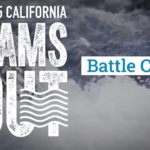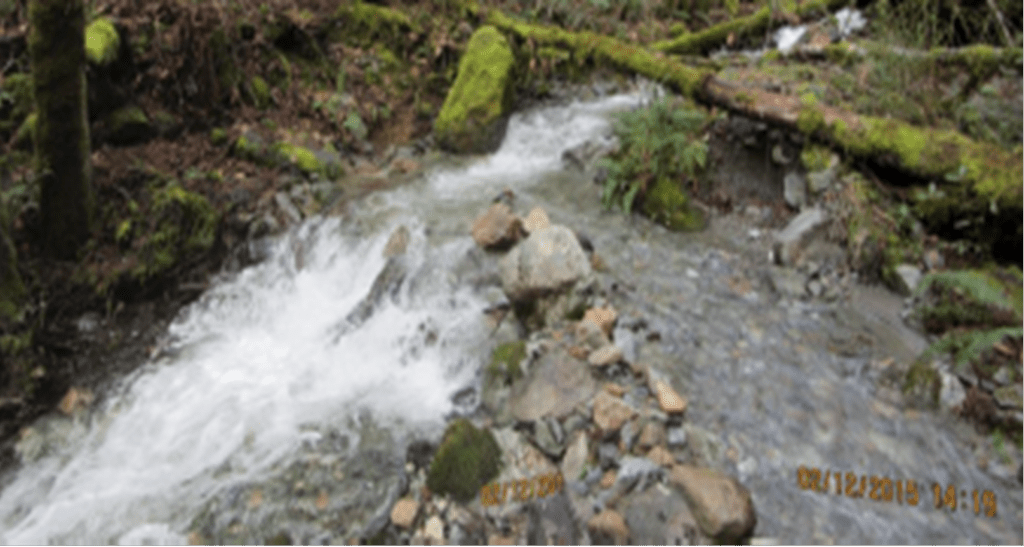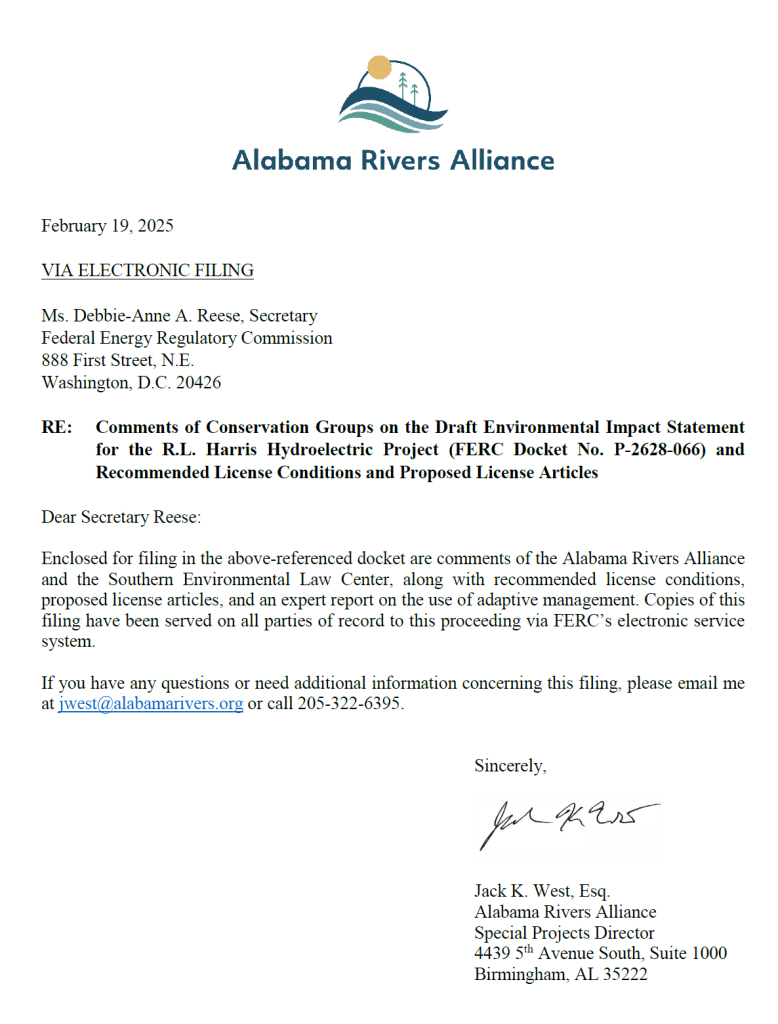Volta 1 P-1121
General information | |
| Waterway |
Millseat Creek |
| Current status | Active license |
| Type of facility | Conventional Hydro |
| Mode of hydropower generation | Peaking |
| Type of permit | FERC License |
FERC information | |
| FERC docket # | P-1121 |
| FERC project name | Battle Creek |
| Other projects with this FERC number | |
| Permit issued | 8/8/76 |
| Permit expiration | 7/27/26 |
Ownership and operation | |
| Owner | Pacific Gas & Electric Co |
| Owner type | Investor-Owned Utility |
| Year first online (conventional hydro) | 1980 |
| Transmission or distribution system owner | Pacific Gas & Electric Co |
Power and generating capacity | |
| Number of units | 1 |
| Total capacity from hydraulic turbine-generator units within each plant | 8.5 MW |
| Average annual net hydropower generation | 42,688.3 MWH |
The Problem
The Battle Creek Hydroelectric Project was originally developed to support the power demand of mineral extraction in Shasta County including Iron Mountain Mine near Redding. The Project included 8 low-head dams within anadromous reaches, an additional 4 dams outside of the anadromous habitat, and a complex network of 20 diversion canals and pipelines.
Historically, Battle Creek was home to a diverse assemblage of anadromous and resident fishes adapted to its specific hydrology and habitats. North Fork Battle Creek is spring-fed with water originating from the flanks of Mt. Lassen and provided ideal spawning, holding and rearing habitats for winter-run Chinook Salmon. This run or ecotype is unique to California and is one of the most endangered salmon.
The South Fork Battle Creek hydrograph is storm driven and has deep holding pools that provide habitats for spring-run Chinook Salmon which are listed as threatened on the Endangered Species Act. Anadromous steelhead trout, Pacific Lamprey and a host of native resident fish species reside in the drainage. The construction of the Battle Creek Project virtually eliminated access to 42 miles of anadromous habitat as well as connectivity for resident fish populations.
Current Situation
There is new hope on the horizon to provide volitional passage to all historical fish habitats in Battle Creek and restore its natural hydrograph. PG&E was in the process of renewing a federal (FERC) hydropower license before its expiration on July 31st, 2026. Over 2 decades of planning and restoration efforts were underway to balance the needs of native fishes with hydropower generation. In 2020, PG&E filed notice of its intent to not file an application for a new license and no other party filed a notice of intent to assume responsibility of the project, which will likely lead to decommissioning. Restoration efforts have now pivoted to preparing for project decommissioning and maximizing the benefit for native fishes.
CalTrout is a member of a team that is leading the way to restore Battle Creek. In 2021, CalTrout and others completed a project on NF Battle Creek to restore access to 4 mi of winter-run Chinook Salmon habitat. This project created a foundation for future progress in Battle Creek and other rivers in California. Read more about this project.
Removal of several dams are already underway through the Battle Creek Salmon and Steelhead Restoration Project. The first dam removal occurred in 2010 with the removal in Wildcat Dam on the North Fork which opened miles of anadromous fish habitat. Efforts are now in progress to initiate the removal all dams in the South Fork as well as provide passage beyond the remaining North Fork Dams.
From CalTrout.org.
Is there something you’d like to add or correct? Please let us know.
Related posts
- From California Sportfishing Protection Alliance 02/01/24
Newsom “Strategy” Condemns Central Valley Salmon to “Hotter, Drier Future” - From South Yuba River Citizens League 11/14/23
PG&E and PacGen: A risky proposal for the Yuba River, our community, and ratepayers. - From American Whitewater 10/11/23
PG&E Proposal Impacts 500 Miles of CA Rivers - From California Trout 10/28/22
Action Alert: Battle Creek Dams - From California Trout 07/14/22
New Actions for Recovery of Endangered Winter-Run Chinook Salmon - From California Trout 05/24/22
Measuring Success of Battle Creek Restoration
News and updates
From California Sportfishing Protection Alliance2/25/2025
State Water Board Takes Action to Protect Klamath River Salmon and Steelhead
From Alabama Rivers Alliance2/21/2025
ARA and SELC submit comments for the R.L. Harris Dam relicensing on the Tallapoosa River





